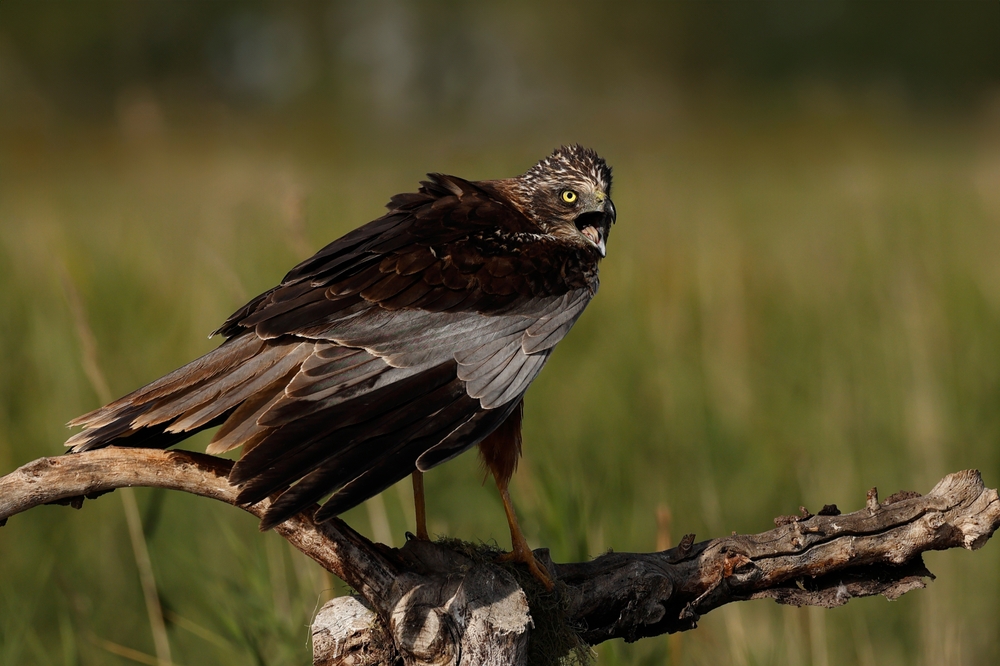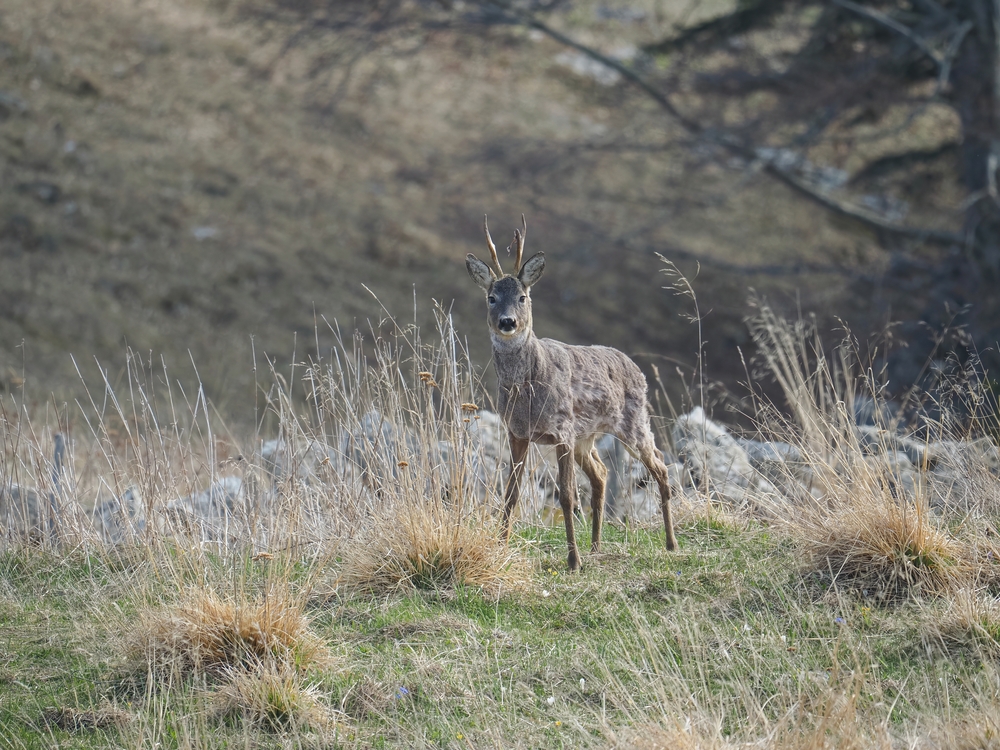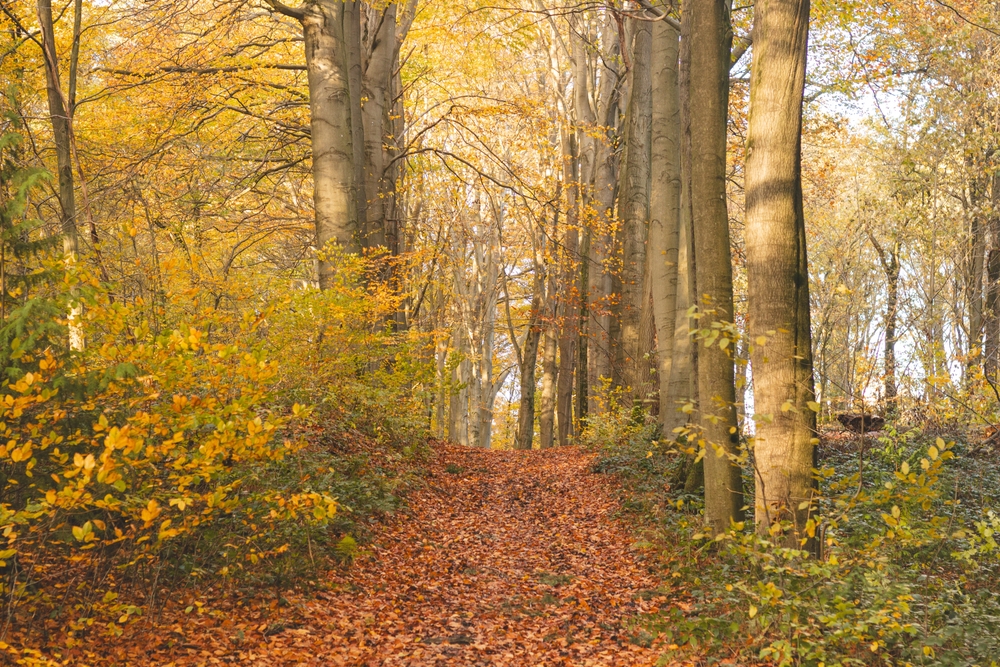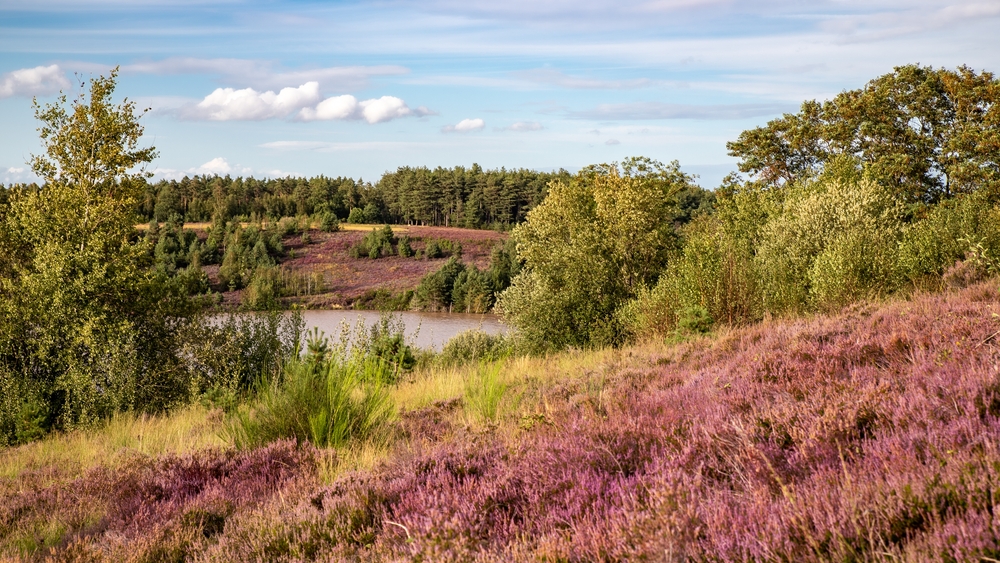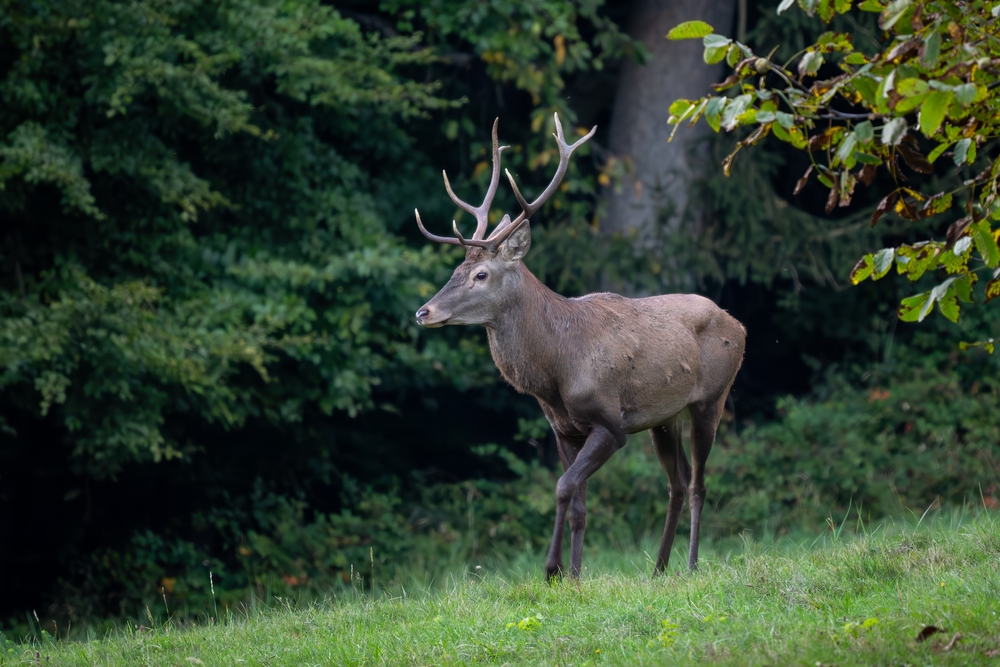Scheldevallei Overview
Scheldevallei National Park, known locally as Nationaal Park Scheldevallei, is a striking natural area located in the Flemish region of Belgium, covering approximately 47 square miles (121 square kilometers).
Situated along the dynamic floodplains of the River Scheldt, the park spans portions of East Flanders and Antwerp provinces, showcasing a diverse mosaic of habitats that blend riparian ecosystems with cultural landscapes. This newly established park aims to protect the region’s remarkable biodiversity and enhance sustainable recreational opportunities for visitors.
The terrain of Scheldevallei National Park is shaped by the ebb and flow of the Scheldt River, with vast floodplains, wetlands, reed beds, and meadows dominating the landscape. The gentle undulations of the land, interspersed with winding waterways, create a serene and picturesque environment. The park also features small patches of woodlands and hedgerows, adding to its ecological richness.
Key geographical highlights include the floodplain forests and tidal marshes that serve as essential habitats for a wide variety of flora and fauna. The park’s vegetation is equally varied, with rare plant species like marsh marigold and purple loosestrife thriving in the wetter areas, while drier regions host grasses and wildflowers.
The wildlife in Scheldevallei National Park is one of its greatest treasures, offering a haven for many species. Birdwatchers will be thrilled to spot key avian species, including marsh harriers, kingfishers, and great egrets, which frequent the wetlands.
The park is a vital stopover for migratory birds, making it a year-round spectacle for bird enthusiasts. Mammals like European beavers, which have been reintroduced to the region, are commonly sighted along the waterways. Foxes and roe deer roam the grasslands, while amphibians such as common frogs and smooth newts thrive in the park’s aquatic habitats.
Among the park’s most popular features are the network of walking and cycling trails that weave through its scenic landscapes. Visitors can explore picturesque villages and historic sites, including centuries-old dikes and watermills that tell the story of the region’s relationship with the river.
Canoeing and kayaking along the Scheldt River are also favorite activities, offering a unique perspective on the park’s beauty. The visitor centers provide interpretive exhibits on the area’s natural and cultural heritage, helping guests deepen their appreciation of the Scheldevallei ecosystem.
Conservation is a central theme in Scheldevallei National Park, as its establishment reflects significant efforts to protect and restore the area’s natural ecosystems. Floodplain restoration projects have improved the river’s ecological health, while initiatives to combat invasive species have helped native flora and fauna thrive.
The park’s management faces ongoing challenges, including balancing human recreation with wildlife conservation and mitigating the impacts of climate change on the floodplain dynamics. Nevertheless, its successes in biodiversity preservation and sustainable tourism are a testament to the collaborative efforts of local communities, environmental organizations, and government agencies.








































































